
Nepal, which has beautiful scenic views, is characterized by an astounding cultural and ethnic diversity. The ethnic groups in Nepal number over 125, forming a tapestry of traditions, languages, festivals, and customs. This blog discusses seven unique ethnic groups in Nepal, each with its rich identity, colorful festivals, and fascinating customs. These communities not only enrich the cultural tapestry of Nepal but also stand as reminders of the harmony-in-diversity that the country proudly boasts.
1. Sherpas-The protectors of the Himalayas
Sherpas are an ethnic group that is native to the Himalayan region of Nepal, particularly the Solukhumbu district. They migrated centuries ago from Tibet and have, since then, developed a reputation of being the world master in mountaineering, thus rightfully earning the appellation “Guardians of the Himalayas.” Their legendary strength and acclimatized nature set them as the backbone of Nepal’s trekking and mountaineering industry.
Within the Tibetan Buddhist context, the Sherpas—one of the most renowned ethnic groups in Nepal—must spend their lives at monasteries surrounded by cultural items such as prayer flags and festivals (e.g., Mani Rimdu, an 18-day festival consisting of sacred rites, masked dances, and prayers for peace). Typical woolen garments include long-sleeved coats, sash belts, and coats called Chhuba, while women wear saari-like bright full vests such as the “Pangden” to show whether she is unmarried.
The Nepalese Sherpa diet consists of butter tea (Su Chya), yak cheese, momos, thukpa (a type of noodle soup), and tsampa (flour from roasted barley mixed with tea or milk). Of course, very few of them confess that they are true Nepalis, but all of them possess a soul that defines them as a very unique ethnic group in Nepal—in their deepest spiritualism, in mad hospitality, and in the unmatched mountaineering skills they showcase.
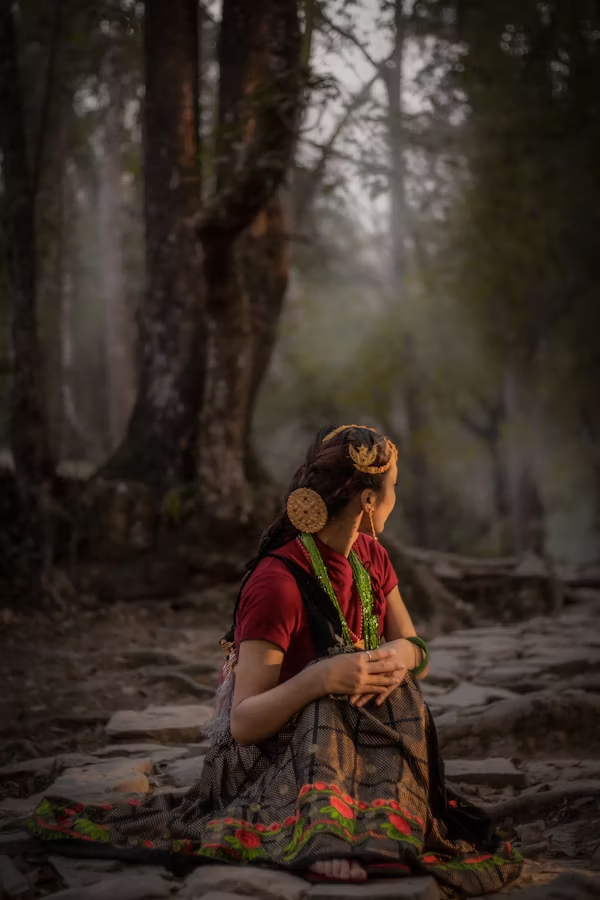
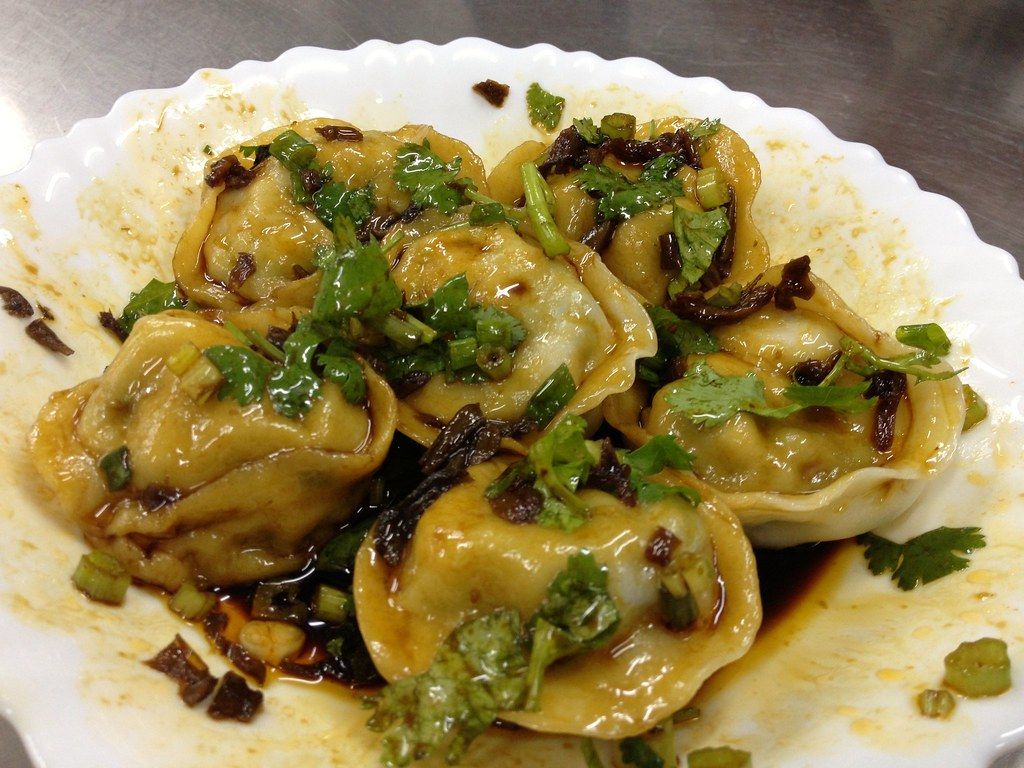
2. Tharus – The Land Natives in the regions of Terai
The Tharus, one of the prominent ethnic groups in Nepal, were born and brought up in the Terai region, majorly influencing Chitwan, Bardiya, and Dang. They lived for centuries deep in dense jungles and, amazingly, are genetically immune to malaria, which once troubled lowlanders. Very commonly associated with nature, Tharus make traditional homes—from mud and thatch—and adorn them with beautifully constructed, hand-painted designs.
Tharu culture is characterized by several dances, including the Sakhiya dance and the Dangaura Tharu stick dance performed at celebrations. These people also mark Maghi (the Tharu New Year) with singing, high-sounding feasts, and Jitiya, which is a holiday for family welfare. The ladies flaunt their rich culture in colorful blouses and long skirts, while men wear a simple white dhoti with a gamcha, or scarf, around the shoulders. As one of the distinctive ethnic groups in Nepal, the Tharus have preserved these traditions for centuries.
Their food is diverse; it includes Bagiya (steamed rice cakes), Dhikri (rice flour dumplings), and fish dishes, influenced by the rivers and fertile lands they thrive on. The various customs of the Tharu people, their rich diversity of activities and resilience, along with harmonious coexistence with nature, depict them among the rare and fascinating ethnic groups in Nepal. Their unique lifestyle and commitment to cultural preservation make them a remarkable example of Nepal’s diverse heritage.
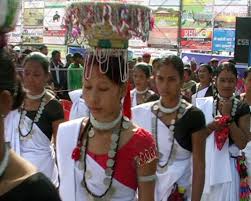
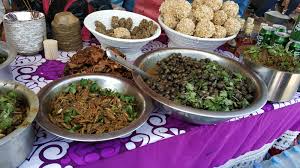
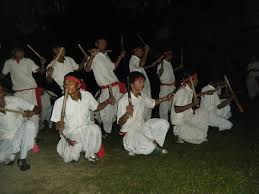
3. Newars- Artisans of Valley Kathmandu
The Newars are the original inhabitants of the Kathmandu Valley famed for contributions to Nepal art, architecture, and trade. They have a distinct identity interwoven with deep-rooted cultural traditions. The Newars have maintained their unique language, Newari (Nepal Bhasa), whereas their sophisticated civilization embraces huge feasts, intricate woodwork, and extravagant festivals.
Major festivals include the Indra Jatra, which features the grand chariot procession of the Living Goddess Kumari, and another exultant festival called Bisket Jatra, decorated with large wooden chariots and tug-of-war contests. While Newar women wear the Haku Patasi, a red-and-black sari, the men put on a special tunic known as Daura Suruwal. As one of the most culturally rich ethnic groups in Nepal, the Newars have preserved these elaborate festivals for generations. Their vibrant traditions, intricate craftsmanship, and festive spirit make them one of the most fascinating ethnic groups in Nepal.
Newar cuisine is very diverse, with Yomari (sweet rice dumpling), Bara (savory lentil pancakes), Chatamari (Newari pizza), and Choila (spicy grilled meat) being some examples. The Newars also have a rich feast culture called Sagun, through which food is served in a ritualistic manner. Thanks to their remarkable skills in art, architecture, and trade, the Newars have earned the position of being one of the most culturally important ethnic groups in Nepal. Their unique traditions, culinary mastery, and vibrant cultural contributions place them among the most celebrated ethnic groups in Nepal today.
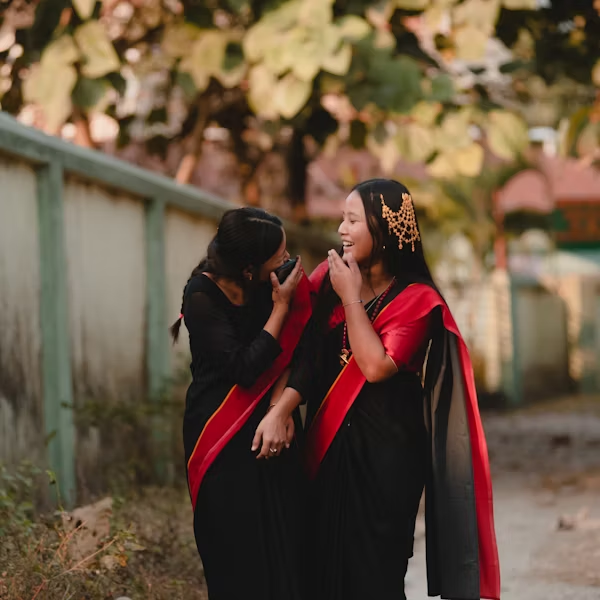
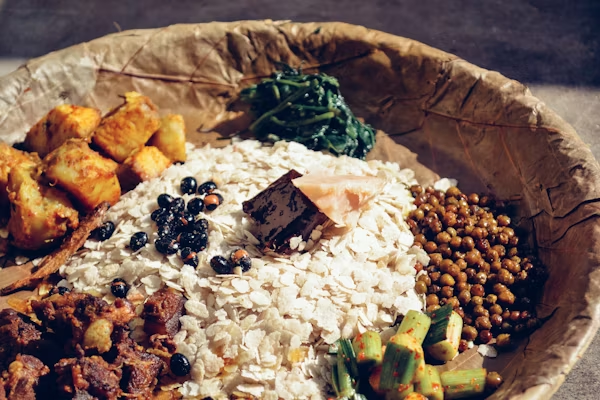
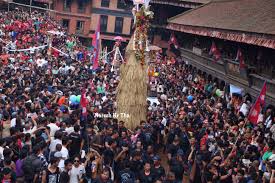
4. Gurungs – Bravest Warriors of the Hills
Gurungs are folks mostly of Annapurna and Lamjung regions. They are popular for their courage as Gurkhas. They were semi-nomadic herders in history and are still known to show attributes like resilience, warmth, and different cultural practices. Their language, traditions, and customs are reflective of Buddhist, Hindu, and animist influences.
Tamu Lhosar is their New Year, which they celebrate with feasting, music, and traditional dances. When it comes to attire, Gurung dress is special indeed. Men usually wear a short, traditional vest called “Bhoto,” and a pleated skirt-like garment named “Kachhad.” On the other hand, women usually dress in bright blouses and skirts with intricate jewelry to complete and accentuate their beauty further.
Food usually includes Gundruk (fermented leafy greens), Dhido (millet porridge), and meat dishes. Another really important part of their social lives is the Rodhi system, which is a community gathering among the young for singing and dancing with folk songs. Martial history, hospitality, and cultural richness make them an interesting ethnic group in Nepal, admired for their traditions and bravery. Their distinctive festivals, attire, and social practices place them among the most unique ethnic groups in Nepal.
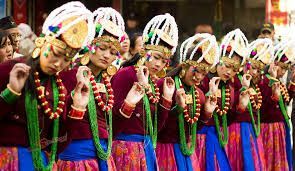
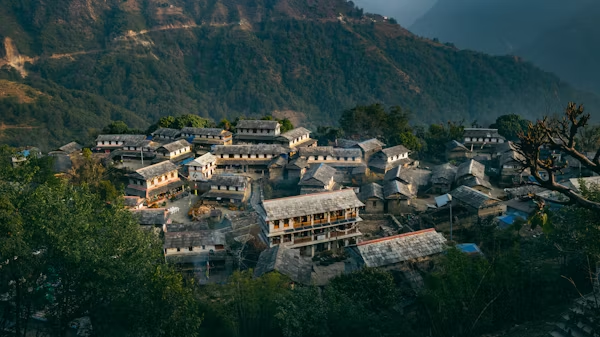
5. Limbus – The Proud Kirat Warriors
The community of Kirat has proud Limbu warriors. The Limbus, one of the distinct ethnic groups in Nepal, are constituents of this Kirati community that resides in Eastern Nepal, along the hills of Taplejung and Panchthar. They have a rich cultural heritage encompassing their own language, script, and animistic spiritual practices. Traditionally, Limbus were skilled hunters and farmers, and their society is deeply rooted in ancestor worship and nature-based beliefs. As one of the culturally significant ethnic groups in Nepal, the Limbus continue to preserve their traditions and vibrant heritage.
The biggest festivals are Udhauli and Ubhauli, which signify migration from field to farm and from farm to the head of cattle. Limbu men wear Mechhem (long coat) with a waist belt, while beautiful women are adorned with Mekhli (wraparound dress) and silver and gold ornaments.
Limbu food includes Kinema (fermented soybean curry), Tongba (alcoholic drink made from millet), and Ningro (wild fiddlehead ferns). Their belief in the Yuma Samyo (ancestral deity) and their different forms of dances like the Kelang (Paddy Dance) make them one of the very unique ethnic groups in Nepal, admired for their traditions and rituals. Their rich culture, distinctive attire, and vibrant festivals place them among the most remarkable ethnic groups in Nepal.
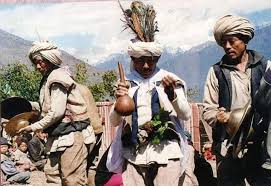

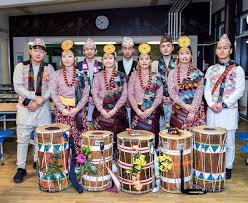
6. Magars- Resilient Hill Dwellers, India
The Magar have been established as one of the largest indigenous groups in Nepal and mostly dwell in the mid-hills in western Nepal. Historically, they were warriors and instrumental in the expansion of the Gorkha Kingdom. They follow a mixed form of shamanistic and Buddhist.
Maghe Sankranti, the biggest celebration of the Magars, is celebrated amidst feasting, bonfire, and cultural dance. Simple tunics and dhotis are the styles worn by Magar men. Dark-colored saris and silver ornaments decorate the women.
Magar dishes include Kodo (millet bread), Dhido, and fermented bamboo shoots (Tama). The “Kaura” dance makes them one of the most popular people for traditional dance forms, especially during festivals. One of the richest ethnic groups in terms of uniqueness is due to their courage and resilience as well as a vibrant cultural life.
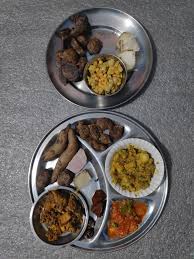
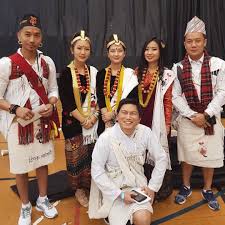
7. Tamangs – Storytellers of the Himalayas
The Tamangs, living in the hills surrounding Kathmandu, have a culture greatly influenced by Tibetan Buddhism. Their people have, in the past, engaged in trade and in the herding of horses.
Lhosar is the major festival celebrated by the Tamangs with prayers, dances, and feasting. The Tamangs wear thick woollen clothing; the women adorn colorful Gunes (wrap skirts) and beautiful jewelry.
Gundruk, Dhido, and Tibetan-style bread are the favorites of the Tamangs. They are also famous for their Tamang Selo, which consists of rhythmic claps along with drumming and singing. This community is quite charming due to its traditions of oral storytelling, hospitable nature, and colorful dancing.
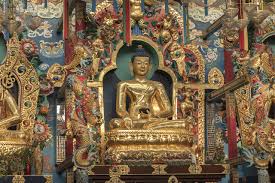
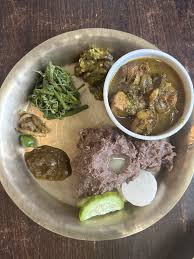
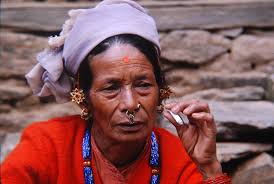
Conclusion
In ethenic diversity of Nepal, there are myriad treasure houses of traditions, festivals, and ways of being. Each of these seven groups adds to the cultural tapestry of this land so much so that it becomes a land of harmony and heritage. An exploration of these communities brings one into living history and vibrant traditions that make Nepal exceptional.
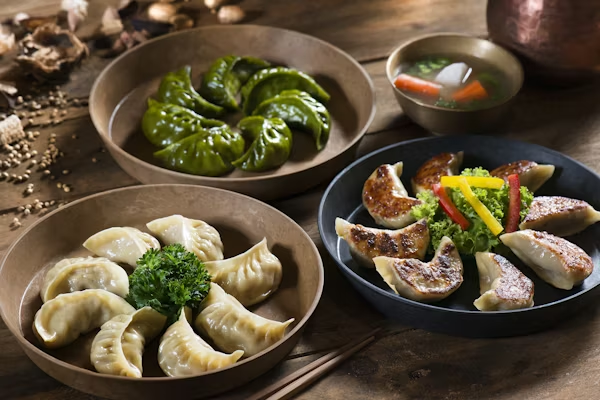

Pingback: Khaptad National Park: A Peaceful Escape into Nature - Travories Blog